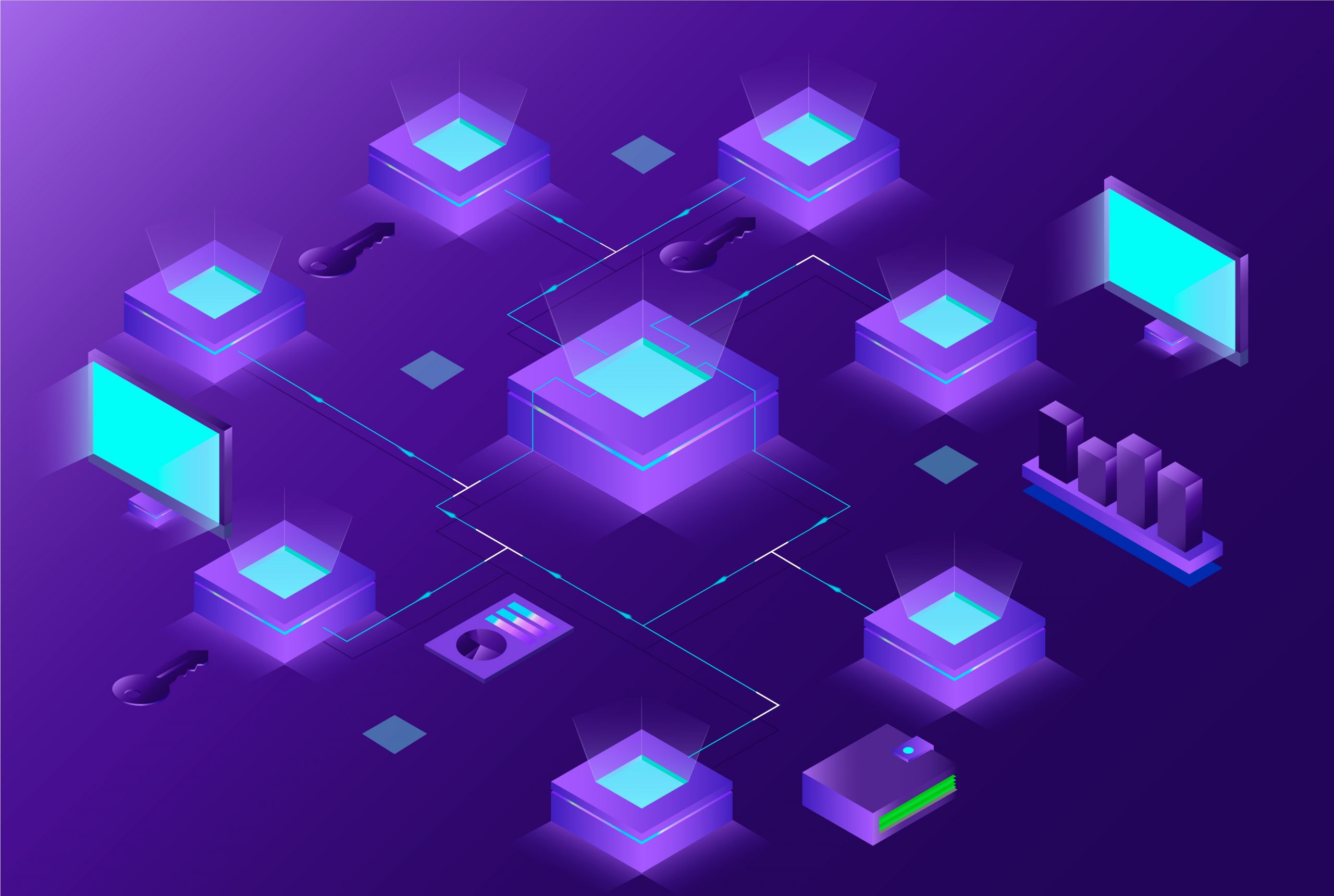COVID-19 – Cost companies have a list of priorities that are set each year, and budgets and resources are aligned to these. For most companies the priority list looks something like this:
- New business initiatives (opening new offices/factories, product launches)
- Expansion of existing business initiatives (hiring more staff)
- Governance, risk & compliance (regulatory compliance, reporting & intelligent security)
- Improvements to performance and user experience (cloud migration, optimization)
COVID-19 has slowed down 1&2 for most businesses, and while there is pressure on budgets, all of a sudden 3&4 have moved to the top of the list. While GRC improvements are always “planned “, often having a plan is enough to meet the requirements, so in many cases this is the “can that is kicked down the road”.











